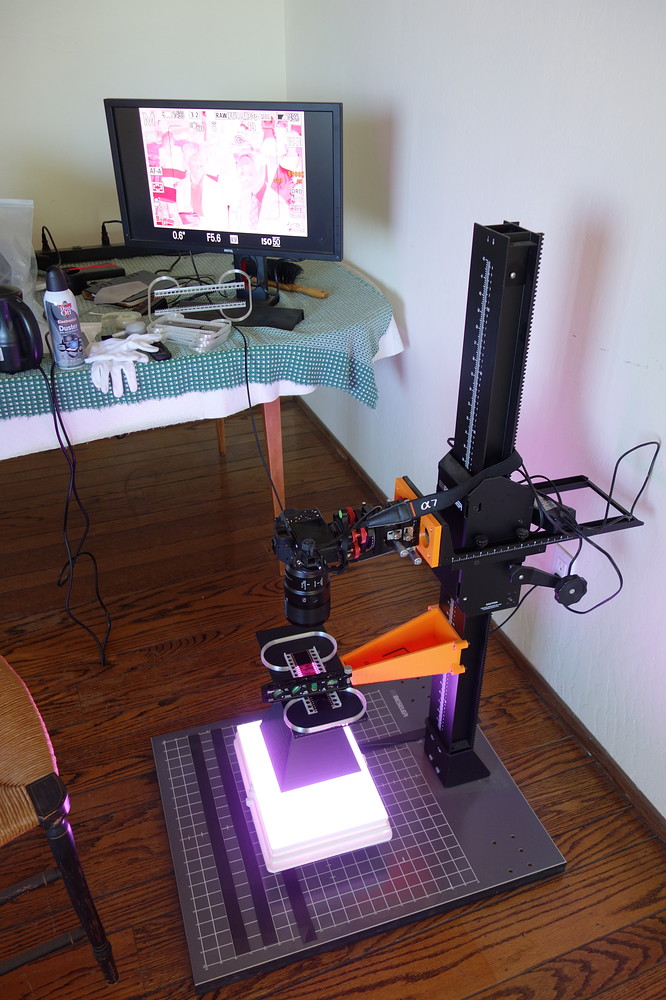Hi all! Sorry for the late reply, i was offline…
The correct procedure to use the latest version was already explained in the posts above 
The initial problem was due to the older version: in the 5.8 release, the Film Negative tool was indeed working before demosaic, and did some estimation of median channel values to “guess” a reasonable output white balance.
The ability to copy-paste the same parameters and get consistent results when scanning an entire roll, was one of the main reasons for the update, which is now in the development version of RT 
With the new version, as long you keep the same backlight and camera settings while shooting the entire roll, you can adjust one frame, then copy-paste the processing profile on all the others.
Yes, you will notice over- and under-exposed frames, since nothing is auto adjusted 
Regarding the backlight… from a signal processing point of view, trying to maximize the range on each channel makes a lot of sense. The problem is, that this “artificial” light should be taken into account in the camera input profile, which is not trivial.
The easy and intuitive solution that we’ve found to work reasonably well in most cases, is to use a white backlight, possibly close to daylight, and then apply the normal input profile also used for regular digital pictures. This gives an accurate representation of the negative to start with.
Now that said, the filmneg tool also gives you some flexibility for experimentation.
With the Inversion color space combo box, you can choose whether to perform the inversion before or after input profile conversion.
You could also create a custom ICC input profile for your adjusted RGB light, and try using that in place of the standard input profile. Unfortunately, i don’t have a ready-to-use “recipe” for this use case, you’ll have to do some experiments.
Oh, one final note: using Camera WB is ok as long as the camera itself is not set to AWB, otherwise you’ll get different multipliers on each shot (ok, sorry if it sounds obivous, just wanted to make it clear  )
)


